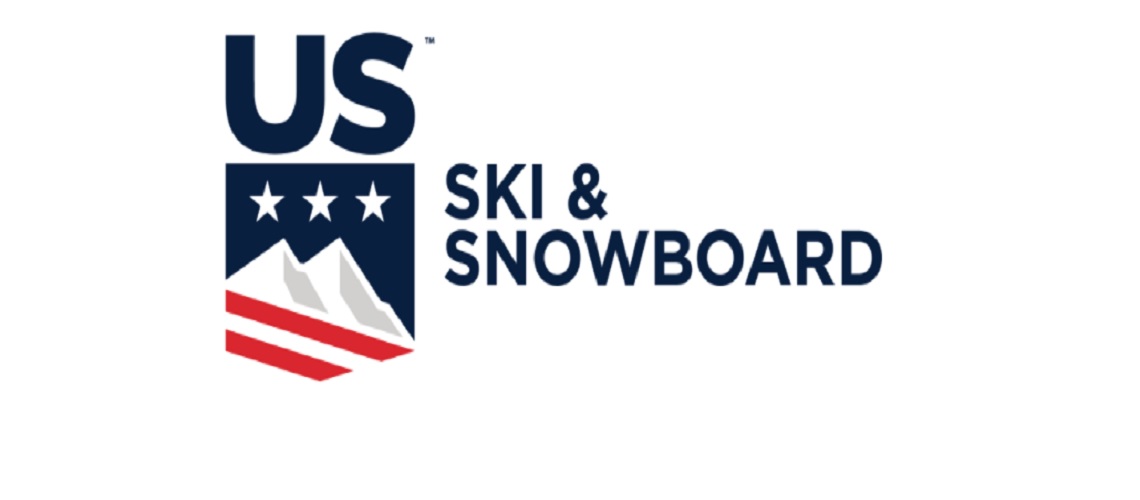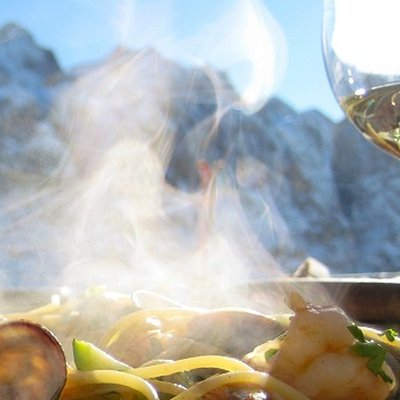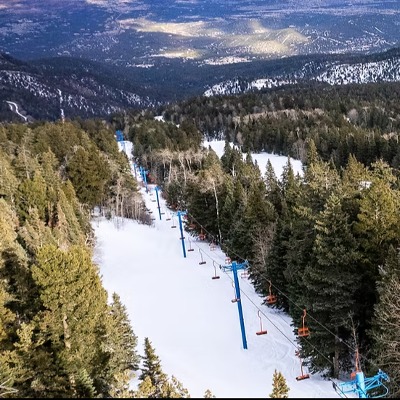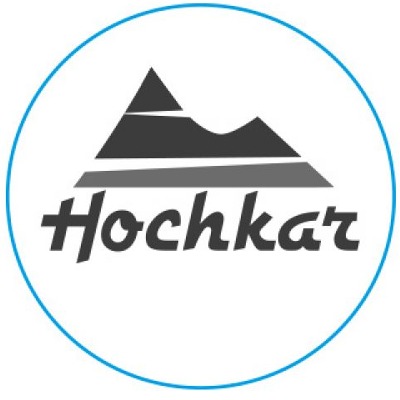BRASS Educates USST Athletes, Staff At Snowbird

This spring, the Bryce and Ronnie Athlete Snow Safety Foundation (BRASS Foundation) hit the slopes of Snowbird, Utah, offering free avalanche education for 55 U.S. Ski & Snowboard athletes and staff from across numerous sports, featuring Olympians David Chodounsky (Crested Butte, Colo.), Jaelin Kauf (Alta, Wyo,), Tommy Ford (Bend, Ore.), Bryan Fletcher (Steamboat Springs, Colo.) and Faye Gulini (Salt Lake City, Utah).
The BRASS Foundation was formed in 2016, in memory of promising U.S. Ski Team athletes Bryce Astle and Ronnie Berlack. On January 5, 2015, Ronnie, Bryce and their teammates stood at the top of an ungroomed slope which was open and not roped off. It was located between Pistes 1 and 30, within the boundaries of Soelden ski resort in Austria. The athletes saw fresh ski tracks in the powder. The slope below them had received substantial snow accumulation, plus wind loading the night before, but had not been controlled for avalanche mitigation. The athletes were unaware that a level three regional avalanche warning, which means “considerable risk” was posted that day for the Soelden area.
As they were skiing down the slope, a massive snow slide surprised the athletes and engulfed Ronnie and Bryce. Their four teammates narrowly escaped.
Since inception, the responsibility of BRASS has been to drive avalanche awareness, create educational resources, offer training programs and direct grants related to athlete safety and security nationwide. This is the second year BRASS has offered such training featuring BRASS/American Institute for Avalanche Awareness Research and Education (AIARE) Level 1 courses and Level 2 courses, expanding the knowledge of U.S. Ski & Snowboard athletes and staff who frequent the mountains they call their office and home. Among Level 1 participants was also Laura Astle, mother of Bryce Astle.
“BRASS is unique in that we focus our avalanche education on ski and snowboard athletes,” said Michael Silitch, BRASS Executive Director. “U.S. Ski & Snowboard has more than 35,000 members and by the time they're a U14, they don't have time to take avalanche courses. November, December and early January when courses typically take place are important training periods for these athletes. We have created a unique opportunity for athletes to take multi-day BRASS/AIARE Level 1 and 2 courses at the end of their season. We're fortunate to partner with Snowbird, one of only a few venues who can host a successful avalanche course in late April. We found plenty of dangerous winter snow layers still buried deep in the spring snowpack.”
BRASS Foundation operates with a “Know Before You Go” approach, educating U.S. Ski & Snowboard athletes and staff that the following five steps will help prepare them properly for travel in the backcountry: get the gear, get the training, get the forecast, get the picture and know how to get out of harm’s way.
According to Silitch, athletes and staff have walked away from these courses with a widespread disbelief that they ever went off-piste skiing without taking this course. For Silitch, it is important to balance these athletes’ elite level of skiing and riding with an overall understanding of the environment in which they spend most of their time. “All of our athletes will retire one day and we want them to have the skills for a lifetime of safe skiing," reflected Silitch.
Chodounsky, a veteran alpine athlete and two-time Olympian, took advantage of the training opportunity this spring, partaking in both the Level 1 and Level 2 courses. “Avy safety is super important since our entire life as ski professionals is spent in the mountains,” noted Chodounsky. “Most of it is in resorts and on controlled slopes, but we definitely find ourselves in avalanche terrain, whether we know it or not. We especially get into avalanche areas when freeskiing around in Europe – where just by going off the groomed runs you can find yourself on uncontrolled snow, which is how the tragic accident happened with Bryce and Ronnie.” For Chodounsky, this training was invaluable, and he walked away with a wealth of knowledge.
Athletes and staff across all sports – including representation from nordic combined, cross country, snowboard, freestyle and alpine – participated in BRASS avalanche courses this spring. Freestyle skier and Olympian Kauf echoed Chodounsky’s sentiments about the importance of knowledge of the backcountry and added that it is essential to “think ahead and plan for the unexpected.”
“Skiing is part of our everyday lives and we spend most of the year chasing the snow around the globe,” reflected Kauf. “We often find ourselves in Europe skiing uncontrolled ski resorts and we are put in the position where we have to decide if it is safe to ski on normal aspects of the resort. It’s a completely different world than the U.S. and the responsibility lies with us and the coaches. I think that avalanche training is important for myself, fellow athletes and coaches because it helps us understand snow conditions and grows our awareness of our surroundings. It gives us the tools to better understand.”
Kauf was quick to call out that you don’t walk away from the BRASS course as an omniscient avalanche guru who is fearless in the mountains. “If anything, it makes you a little more timid," said Kauf. "It makes you conscious of the consequences when dealing with the mountains and aware of the small factors that can cause an avalanche.”
World Cup assistant men’s alpine speed coach Scotty Veenis’ official home is Park City, Utah, but his second and third homes - and where he spends most of his time - are hotel rooms and mountaintops across the globe. Last year, Veenis completed the Level 1 course and he followed it up this spring with the Level 2 course. His biggest takeaways were that he wished he had been able to take the class sooner and that everyone involved in snow sports of any kind should make avalanche awareness a major priority.
“Being from Virginia originally, I came out here and knew nothing of avalanches,” recalled Veenis. “Unfortunately, it has taken me since 2003 – so almost 15 years – to take a class. For the athletes, I think this training should be mandatory. The mountains are our playing field. Because we travel so much and ski so much terrain around the world, we should all take the time to put towards avalanche training. The importance of not only basic awareness – but knowledge of the tools and how to use them, whether it’s Austria, France, Japan or back at home – is important. In Europe, especially, the out-of-bounds is different from the out-of-bounds at home in North America, where everything is roped off.”
The consensus from all athletes and staff was that the courses were an incredible value-add, and the instructors are world-class AIARE educators who presented the information in an engaging and effective manner. Best of all, they say, it was applied learning from classroom to mountain. On the first day of the Level 1 course, participants participated in a classroom session and beacon test, on the second day they were shoveling pits and looking at the different layers of snow and then the third day it was all route-finding and applying what they had learned from the previous two days to work collectively in a group to make decisions out in the field. This meant U.S. Ski & Snowboard athletes and staff across all sports were given the chance to spend time and work together in a #oneteam approach to find solutions.
Chodounsky walked away from the course full of gratitude, “A very big thank you to the BRASS Foundation, AIARE and everyone who helped to set this up for us!” he said. “It's a very valuable experience and tool for us to have as I know winter life in the mountains will always be in the future for all of us. It's important to remember Bryce and Ronnie as well. I wish it wasn't because of their accident that we are doing this, but their names are living on for a wonderful cause."













